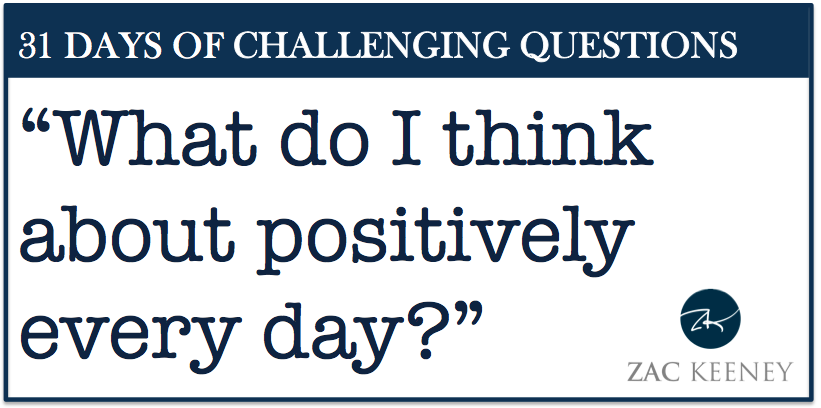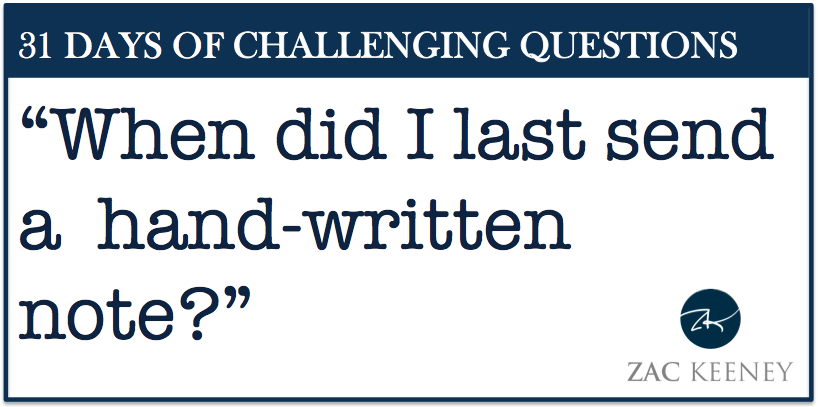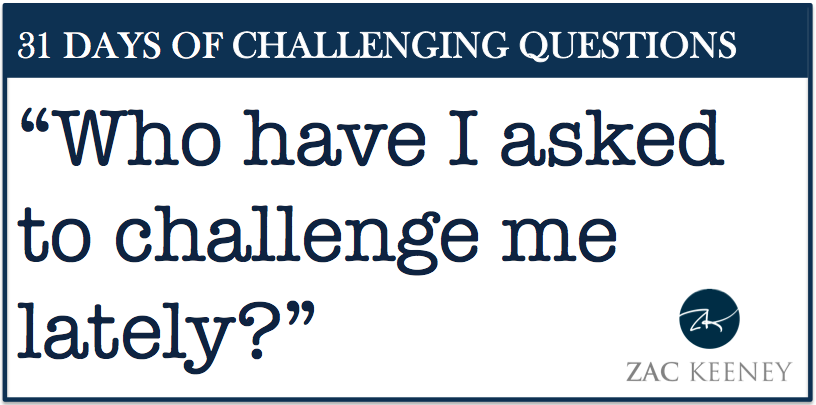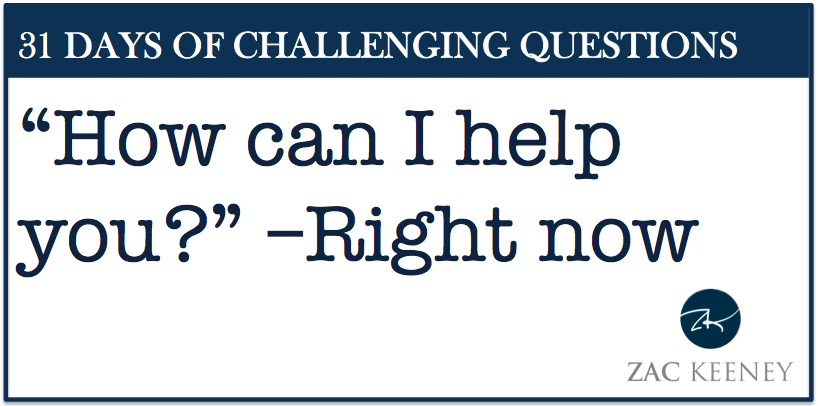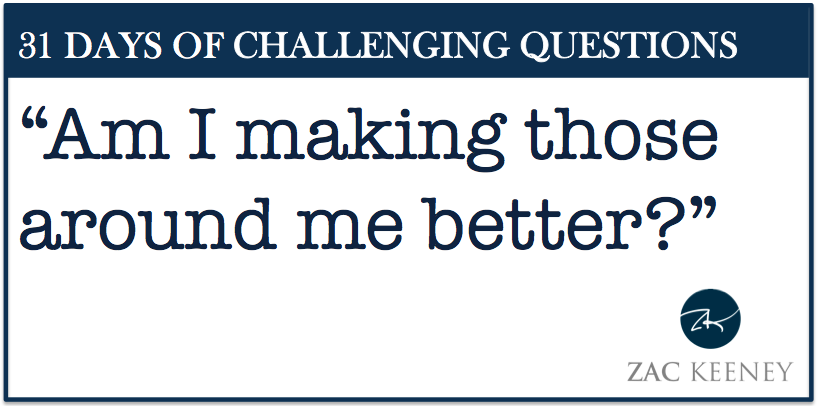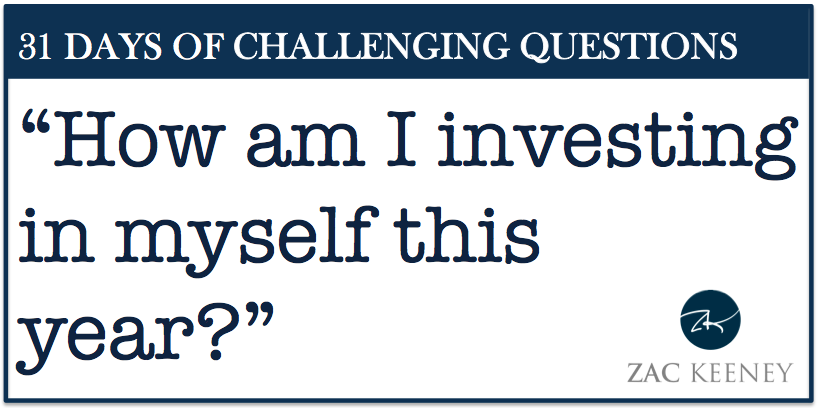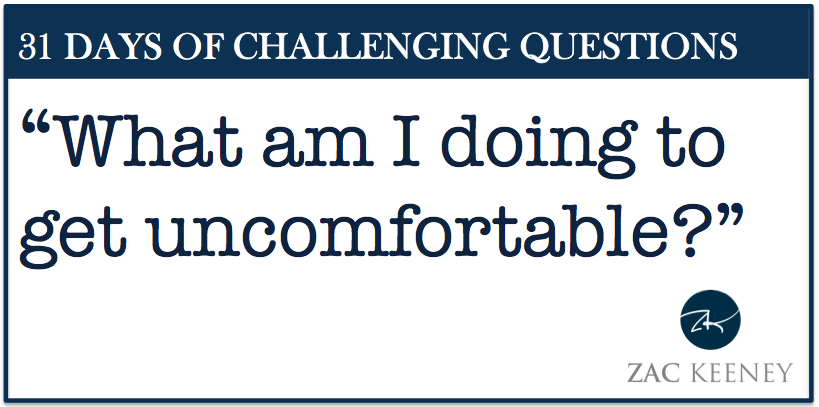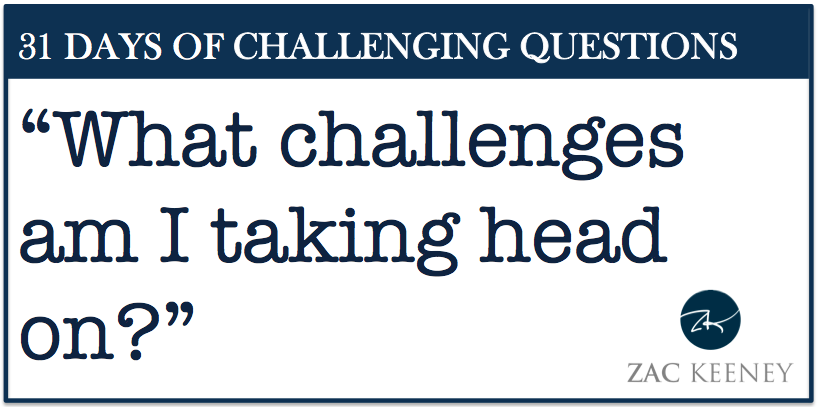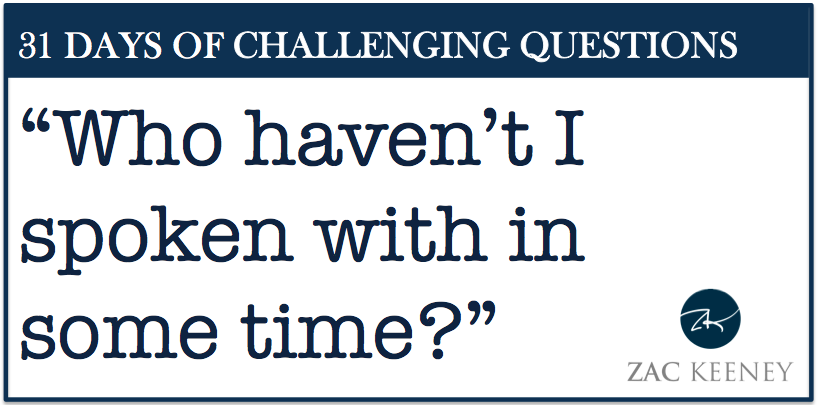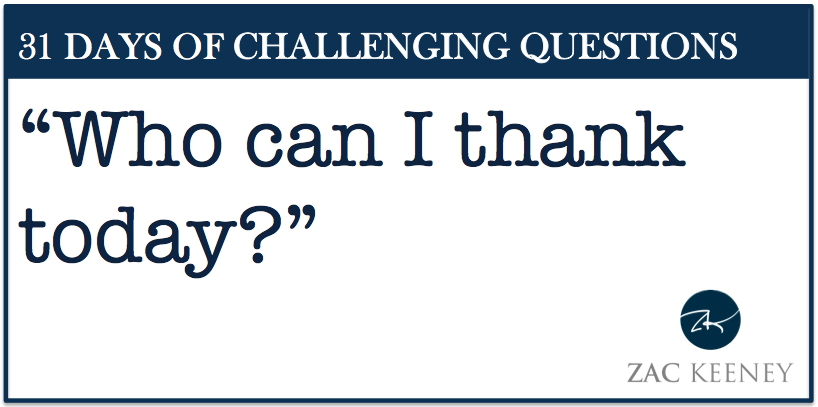DAY 11: What do I think about positively every day?
ACTION ITEM: Ralph Waldo Emerson said, “We become what we think about all day long.” We BECOME. Our thoughts shape our actions. Look around at your successful and happy peers. What thoughts run through their brains on a daily basis?
